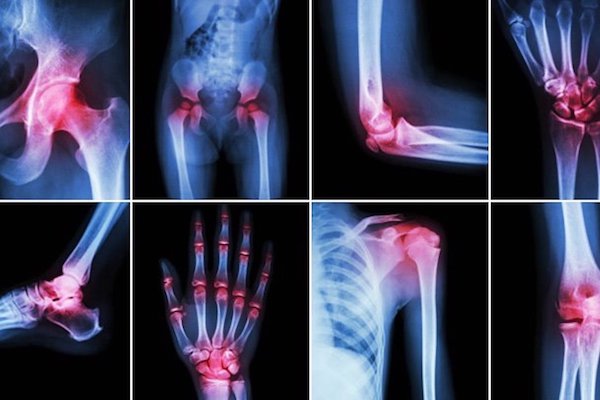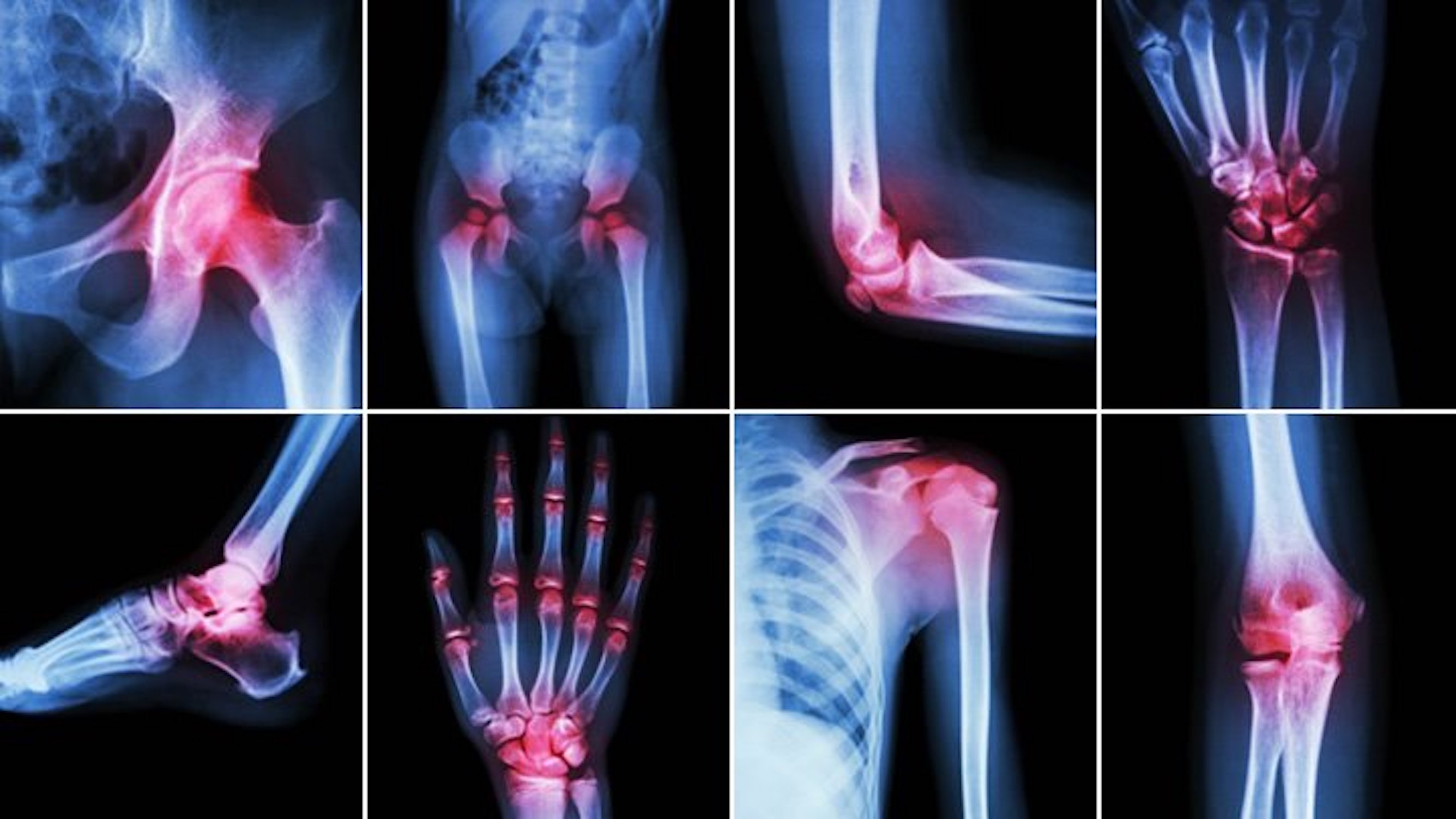Researchers, co-led by Damien Roche, MD, and Martin Badard, MD, compared the incidence of anterior uveitis (AU) in patients with axial spondyloarthritis (axSpA) treated with either anti-tumor necrosis factor (TNF) (mAb), or anti-IL17A monoclonal antibodies (mAb), and found that anti-TNF mAb appeared to result in a lower incidence of uveitis versus anti-IL17A and placebo. The results of the study were published in Arthritis Research & Therapy.
Authors observed that incident uveitis events were rare in trials evaluating anti-TNF and anti-IL17A in axSpA. However, they stated that “this network meta-analysis demonstrates that anti-TNF mAb are associated with a lower incidence of uveitis compared to placebo and anti-IL17A.”
Trials assessing anti-TNF mAb, soluble receptor fusion protein, or anti-IL17A mAb in patients with axSpA, according to ASAS criteria, and reporting safety data on AU were pulled from PubMed, Embase, and Cochrane databases. The primary endpoints were AU flares (relapse or de novo) incidence, and estimated summary odds ratios (ORs). The study ranked treatment efficacy in preventing AU flares using the P-score.
Thirty-three trials comprised of 4,544 treatment patients (anti-TNF = 2101, etanercept [ETN] = 699, anti-IL17A = 1744) and 2,497 placebo patients. Incidence of uveitis was lower with anti-TNF mAb compared to the placebo (OR = 0.46; CI 95%, 0.24-0.90), and versus anti-IL17A (OR = 0.34; CI 95%, 0.12-0.92). According to the P-score, the most effective preventative treatment was anti-TNF mAb, followed by ETN, placebo, and anti-IL17A. The incidence of AU was not increased with anti-IL17A or ETN compared to placebo.
After analyzing a total of 38 AU events in the trials, the study’s authors reported that AU flares were uncommon regardless of what treatment was used, but anti-TNF mAb displayed significant benefits versus other treatments.
Flares of AU were uncommon whatever the treatment, with a total of 38 AU events reported under active treatment during controlled periods, for a total cumulative exposure under active treatment of 2,265 patient years. Despite this low incidence, the researchers noted that the results showed a significant protective effect on AU flares of anti-TNF mAb compared to placebo and anti-IL17A.
Source: Arthritis Research & Therapy









